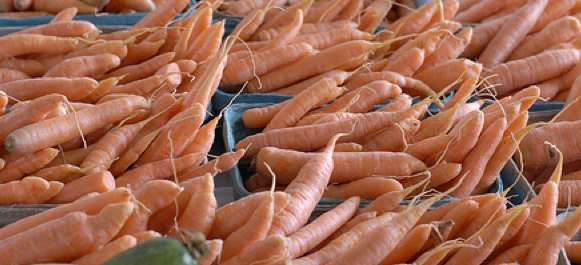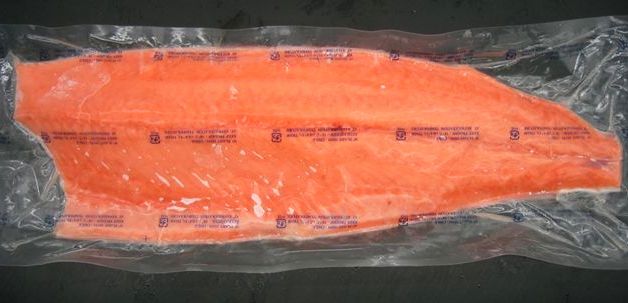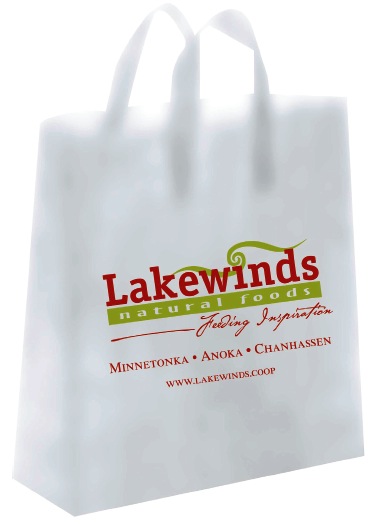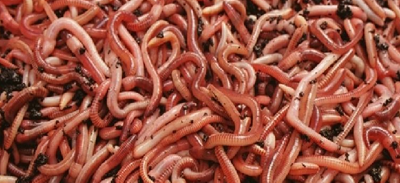 Photo Credit: Kate NG SommersPerhaps you shop at the local coops and look for that label on all of your purchases. But with a limited budget, maybe you’ve wondered what makes the most sense to buy organic. As a nutritionist working with people to improve the quality of their diet, I get asked this question a lot. So here are six suggestions for prioritizing your spending to maximize your dollars and your health.
Photo Credit: Kate NG SommersPerhaps you shop at the local coops and look for that label on all of your purchases. But with a limited budget, maybe you’ve wondered what makes the most sense to buy organic. As a nutritionist working with people to improve the quality of their diet, I get asked this question a lot. So here are six suggestions for prioritizing your spending to maximize your dollars and your health.








